5. Neon Genesis Evangelion: The End of Evangelion (Japan, Hideaki Anno/Kazuya Tsurumaki, 1997)
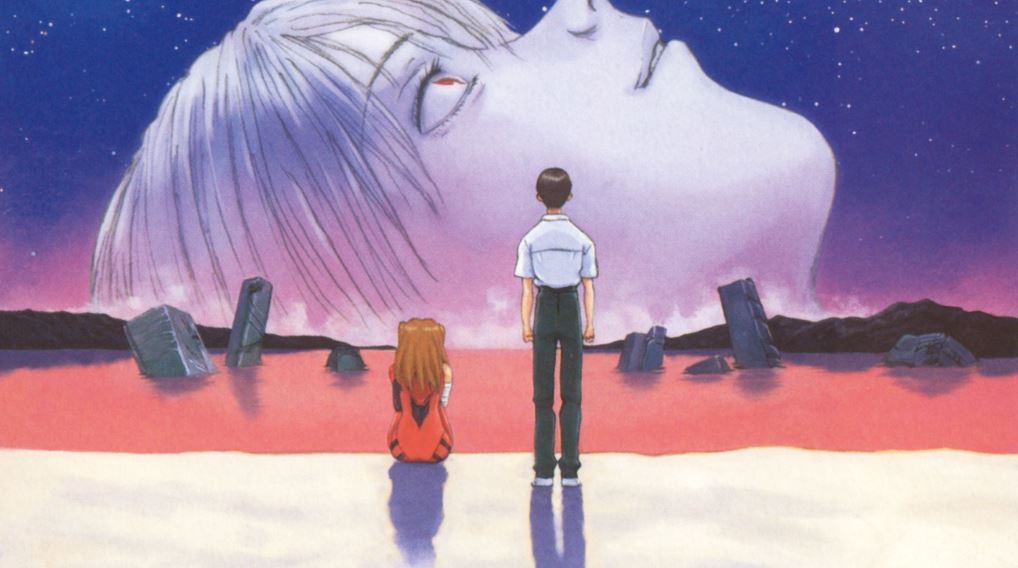
What is living? Is there a god? Who am I?
The second of two theatrically released follow-ups to the critically acclaimed anime, “Neon Genesis Evangelion: The End of Evangelion” replaces (or runs concurrent with, depending on who you ask) the final two episodes of the series, which due to budget limitations and time restrictions, were met with much controversy and dissatisfaction from fans.
Hideaki Anno’s allegory for nihilism, religion and existential philosophy concludes with fiery ambition; a raw, visceral and psychedelic experience which transcends the natural barriers of what animated cinema can be. While the original series starts off as a deconstruction of the mecha-anime genre, it later blooms into a far more abstruse and profound tale, moving the focus from plot to the inner turmoils, mental health and inner-psyche of each character. This finale feature-film is Anno’s true masterpiece, weaving in meticulous storytelling, heart-breaking character arcs, beautiful animation and poignant religious symbolism.
Anno increasingly fuelled the story-telling with his own clinical depression, implementing the experiences of his condition and his own psychological trauma into the emotional elements of the plot and characters.
The Japanese director and writer used “Evangelion” as a coping mechanism, resulting in the feature-film feeling almost therapeutic in its thematic structure. He believed that human beings, no matter how young or vulnerable, should be exposed to the true realities of life, bleak or otherwise. Hence, multiple scenes take place within individuals minds, delving into the respective psychological disturbances of each character. Many fans claim to have found unexpected solace and mental recovery from the film.
“Neon Genesis Evangelion: The End of Evangelion” is an uncompromising and incomparable landmark in cinema. The experience of watching the show and the subsequent feature-film is not something that can be described by words. It must be felt. The original 26-episode-series, as well as this feature-length masterpiece are available on Netflix. Seek it out as soon as possible. Side effects may include questioning the meaning of life, the existence of a god, and your place in the grand tapestry of life.
Or, it might just leave you staring at the reflection of yourself through the blackness of your TV screen, wondering what on earth you just witnessed.
4. The Human Condition Trilogy (Japan, Masaki Kobayashi, 1959-1961)
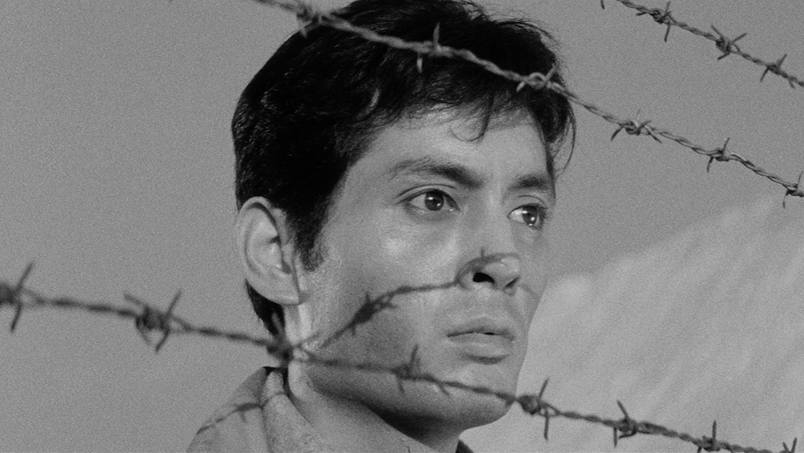
From 1959-1961, esteemed Japanese director Masaki Kobayashi crafted what is one of the most epic and breathtaking trilogies in film history. And yet no one seems to talk about it.
Adapted from Junpei Gomikawa’s autobiographical novel of the same name, this grandiose story stars Tatsuya Nakadai as Kaji, a Japanese pacifist attempting to survive in the crushing times of World War Two.
Throughout the 579 minutes, we are taken on a heart-breaking yet beautiful journey on – as the title implies – the human condition. Kaji’s love for Michiko, played gloriously by Michiyo Aratama, is without a doubt one of the most sentimental and realistic romantic relationships put onto film, emphasised by two staggering central performances.
Throughout the three films, respectively titled “No Greater Love”, “Road to Eternity” and “A Soldier’s Prayer”, Kobayashi fabricates a sincere and personal tale of conciliation and duty, juxtaposing the epic scale of World War Two with the isolated inner psyche of one individual. The trilogy is a poetic ambush of philosophical quandaries on war and love; perhaps an allegory a larger theme of man against the system.
Only “Apocalypse Now” has come close to using war as a backdrop for such menacing and wonderful psychological battles and inner-conflict. “The Human Condition” is a truly remarkable piece of work, a trilogy that goes under so many people’s radar, and something that everyone must experience.
3. Shoah (France, Claude Lanzmann, 1985)
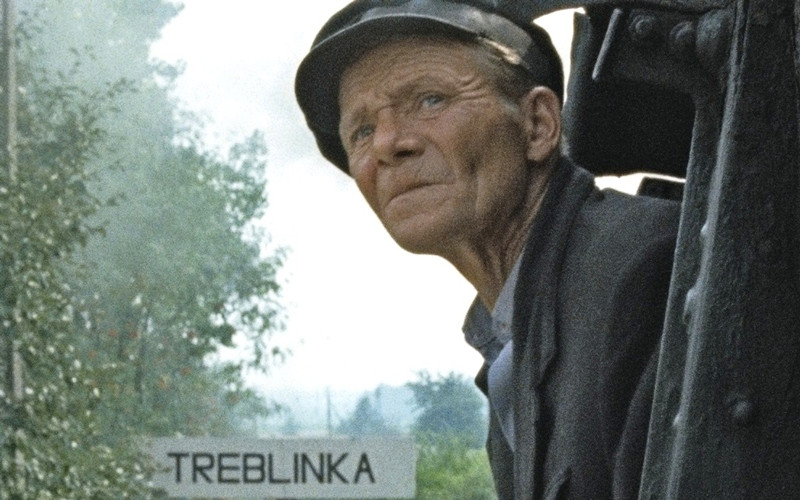
Five-hundred-and-sixty-six minutes. Eleven years in the making. Not a single frame of archive footage. Claude Lanzmann connotes to us how simple, yet effective, the spoken word can be.
Interviewing survivors, witnesses and the Nazis themselves, Lanzmann paints for us a horrifying portrait of the holocaust, a brutal and uncompromising reminder of one of the worst events in human history. Sitting down and experiencing “Shoah” may not seem like the most joyous or uplifting activity, yet Lanzmann threads these interviews in such meticulous fashion, with such rigid and intricate detail, that it is hard to stop watching. The documentary is a historical artefact if nothing else, a raw and pitiless experience that every human being should watch once in their life.
Shoah is agonising, depressing and devastating, yet fascinating at the same time. It details some of the most vulnerable moments in human history, yet never presents it with any subjectivity. It is cinema at it’s most exposed and sensitive, a staggering achievement that will stand the test of time.
2. Celine and Julie Go Boating (France, Jacques Rivette, 1974)
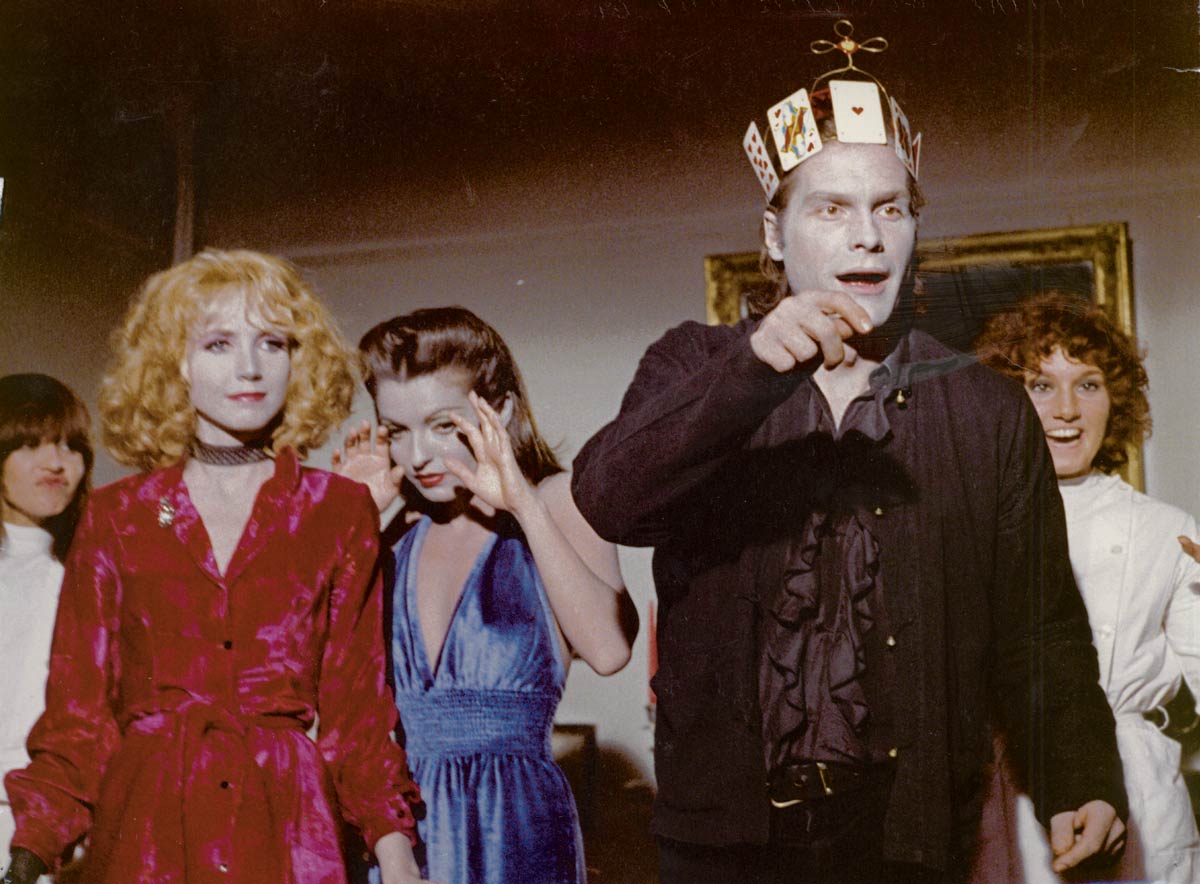
Along with Jean-Luc Godard, Jacques Rivette was one of the pioneers of the experimental French New-Wave, and perhaps his most unconventional, avant-garde and mesmerising piece of work, “Celine and Julie Go Boating” is his magnum-opus.
A three-hour surreal and ambiguous fairy-tale, guided by an unconventional narrative and fantastic performances, Rivette’s masterpiece tells the meandering story of two French women, as they swap identities and indulge in increasingly magical, playful and psychedelic adventures.
From the plot description, “Celine and Julie Go Boating” could be interpreted as a children’s book, yet Rivette paints a far more haunting and ominous painting, weaving in themes of magic, identity and reality. There is almost a Lynchian omnipotence, yet Rivette is even more ambiguous in his story-telling. Dreams are a reality and reality is a dream.
Esteemed and respected critic David Thomson called “Celine and Julie Go Boating”, “the most innovative film since Citizen Kane”, and it is easy to see why. While the story is complex and hallucinatory within itself, it’s the way the tale is told where the film makes a case for its critics and defenders alike. Nothing is explainable, nothing happens for a reason within the confines of the film, all one can do is sit down and allow the experience to take over themselves.
The haunted house acts as its own, fully realised character, and Rivette is the child playing dolls within it. He bends the reality of Celine and Julie, lending out a hand and asking them to join in with his grand game. Yet the fourth wall never shatters, as there was never any reality or authenticity to begin with, just infinite echelons of fiction and magic. “Celine and Julie Go Boating” is a must see for fans of surreal, mind-bending film, as it gave way for the more experimental film-making that we are so used to today.
1. Harakiri (Japan, Masaki Kobayashi, 1962)
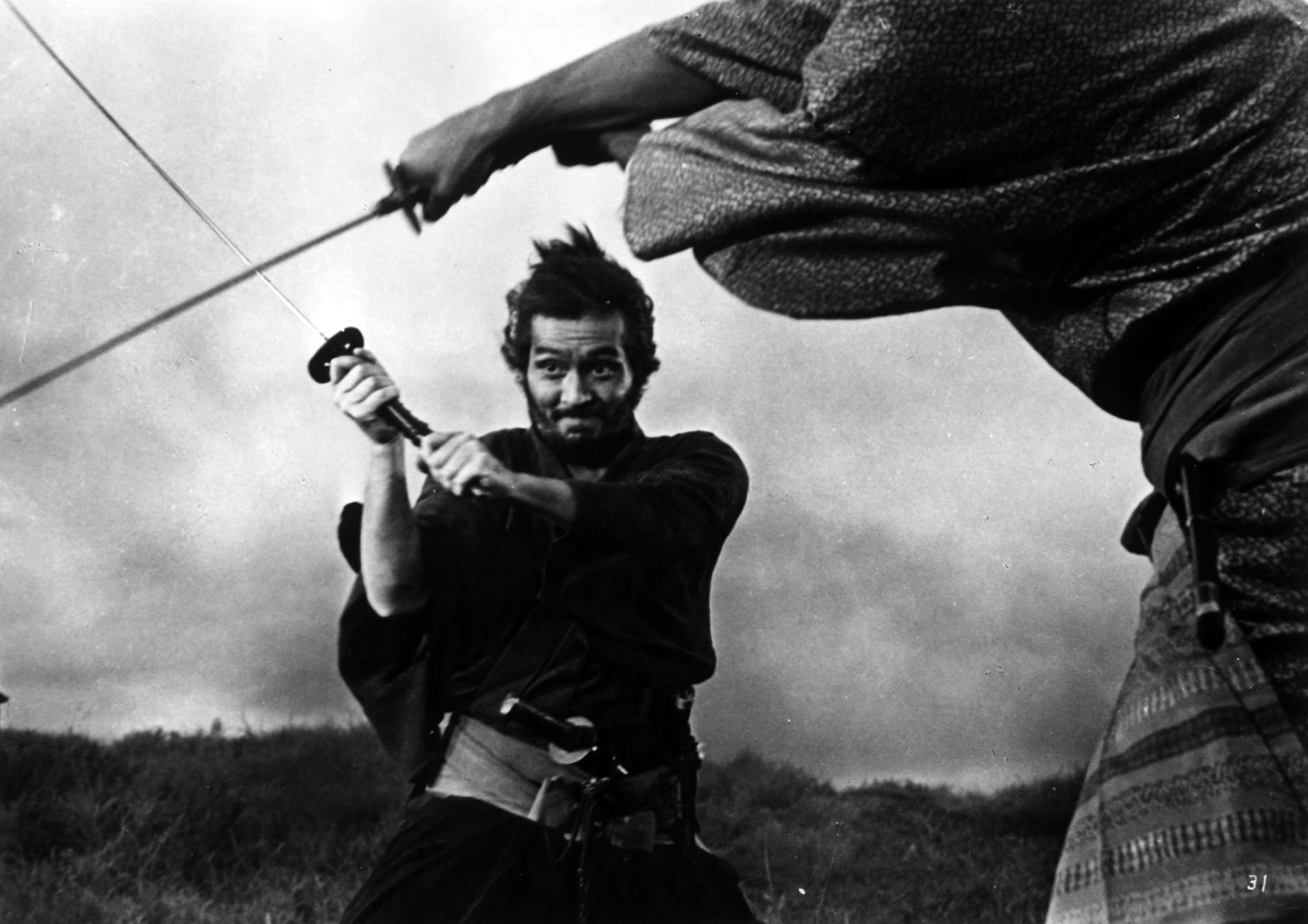
While Akira Kurosawa’s more well-known and iconic “Seven Samurai”, is a forlorn look at death, service and sacrifice, cloaked as a celebration of the samurai in a war-torn, 16th century Japan, Masaki Kobayashi’s “Harakiri” is more of a deconstruction of the samurai genre that dominated Japan for decades, an elegy to a warrior long since forgotten in the modern world.
At the beginning of the 17th century, after years of chaos, struggle and skirmish, Tokugawa Ieyasu finally united the entirety of Japan, creating a new era of peace and prosperity. With their katanas rendered useless, samurai and ronin turned to other activities: literature, philosophy, theology, art etc. However, some samurai pondered on their place in the world, choosing to sheathe their swords and wonder the placid Japanese lands. Some went further, to commit harakiri, leaking out their insides as they stared upon a world, that while beautiful, did not have a place for them. However, the idea of Bushido never wavered.
A code of scrupulousness and respect. Kobayashi challenges these central ideals. The characters are malicious, cruel and unforgiving where one would expect them to be brave, heroic and resolute. Kobayashi breaks down what it meant to be a samurai, and uses these typical tropes against the audience, creating a shocking and relentless masterpiece of intrigue and cynicism.
With less than ten minutes of action, “Harakiri” instead chooses to focus on the psychological tendencies of the samurai, questioning the very ideals which the samurai lived their lives by. The wordplay between Tatsuya Nakadai’s ‘Hanshiro’ and the masters of the Ii Clan is just as viscous and sharp as the swordplay that ensues, both in the present, and in the old man’s intense, furious and passionate anecdotes.
As Kurosawa dominates the samurai genre in such a towering and unforgiving nature, it is easy to forget the pure mastery of Kobayashi’s “Harakiri”, a film which, at its centre, is about the fading glimpses of a truly legendary warrior.